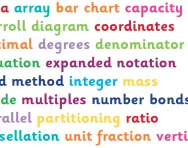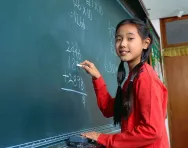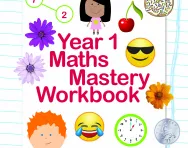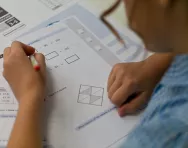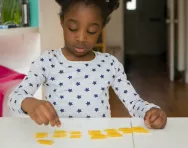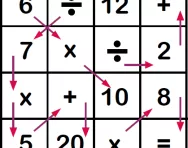Important update from TheSchoolRun
For the past 13 years, TheSchoolRun has been run by a small team of mums working from home, dedicated to providing quality educational resources to primary school parents. Unfortunately, rising supplier costs and falling revenue have made it impossible for us to continue operating, and we’ve had to make the difficult decision to close. The good news: We’ve arranged for another educational provider to take over many of our resources. These will be hosted on a new portal, where the content will be updated and expanded to support your child’s learning.
What this means for subscribers:
- Your subscription is still active, and for now, you can keep using the website as normal — just log in with your usual details to access all our articles and resources*.
- In a few months, all resources will move to the new portal. You’ll continue to have access there until your subscription ends. We’ll send you full details nearer the time.
- As a thank you for your support, we’ll also be sending you 16 primary school eBooks (worth £108.84) to download and keep.
A few changes to be aware of:
- The Learning Journey weekly email has ended, but your child’s plan will still be updated on your dashboard each Monday. Just log in to see the recommended worksheets.
- The 11+ weekly emails have now ended. We sent you all the remaining emails in the series at the end of March — please check your inbox (and spam folder) if you haven’t seen them. You can also follow the full programme here: 11+ Learning Journey.
If you have any questions, please contact us at [email protected]. Thank you for being part of our journey it’s been a privilege to support your family’s learning.
*If you need to reset your password, it will still work as usual. Please check your spam folder if the reset email doesn’t appear in your inbox.
What is the bar model method?
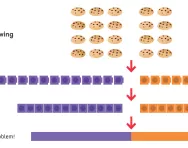
What is bar modelling?
Bar modelling is part of the concrete > pictorial > abstract (CPA) sequence when teaching certain maths topics. The process starts with using real-world, tangible representations before moving onto showing the problem using pictorial diagrams, and then introducing the abstract algorithms and notations (such as the +, -, x and / symbols).
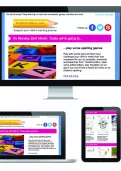

Boost Your Child's English & Maths!
- Weekly programme for each school year
- Worksheets sent direct to your inbox
- Keeps your child's learning on track
What is a bar model?
The bar model method is pictorial, and develops from children handling actual objects to drawing pictures and then drawing boxes, each of which represents an individual unit, to represent objects. Eventually, they will no longer need to draw all the boxes; instead, they just draw one long bar and label it with a number.

A child might be given the following problem:
Sam bakes 20 cookies. If he gives away 8 cookies, how many would he have left?
In the concrete stage, children might use actual cookies (or, in a lesson, multi-link cubes like Numicon or counters to represent them!) to solve the problem.

In the pictorial stage, instead of physical objects they use drawings to represent each cookie (they might draw cookies or blocks or counters or dots to represent them).
In the abstract stage, they are able to solve the problem using conventional mathematical notation: 20 - 8 = 12, writing out a number sentence.
Solving a problem using the bar modeling method
To solve a problem like the one above using the bar method, children draw one short bar representing the eight cookies alongside a longer bar representing the remaining (twelve) cookies.
The bars don’t need to be precisely measured, but they do need to be proportional, so children can see the difference between them and the numbers they represent.
When is the bar model method introduced to children?
Children who are following the Asian maths mastery method are taught the foundation of bar models, for example using linking cubes, in the first term of Year 1.
In Year 2 children might use the bar model method as a visual way of solving calculations for addition, subtraction, multiplication and division. They are particularly useful when solving multi-step problems involving missing numbers.
Bar models don’t give you an answer – they give you an understanding of what to do in order to get to the answer. Children need to have strategies to add, subtract multiply and divide for them to use bar models.
Bar modelling is not a ‘quick fix’ tool and will only work if the pupil has a good understanding of key concepts. It’s also important that children set out the bars correctly. If pupils are messy with the bar model or use the wrong model for a problem, this can prevent them from seeing how to solve the problem.
Maths – No Problem! are the first experts to introduce Singapore maths mastery to the UK and provide textbooks, teaching resources and professional development for primary and secondary schools.
TheSchoolRun offers year-group maths mastery workbooks to download: Year 1 Maths Mastery Workbook, Year 2 Maths Mastery Workbook, Year 3 Maths Mastery Workbook.

